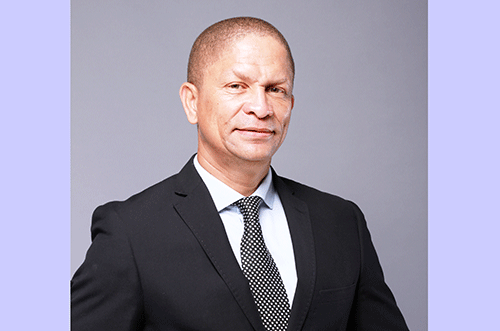The Government Institutions Pension Fund (GIPF) holds a substantial portfolio of listed investments in key local entities, valued at approximately N$6.9 billion. These strategic holdings span multiple sectors, including finance, renewable energy, real estate, telecommunications and consumer goods.
Notable investments include a 29% stake in Mobile Telecommunications Limited (MTC), which serves 97% of Namibia’s population; a 16% interest in First National Bank Namibia, the largest commercial bank in the country; and a 26% stake in Capricorn Investment Group Limited, the parent company of Bank Windhoek,Namibia’s foremost locally-owned commercial bank.
Furthermore, the fund has a 6% share in Standard Bank Namibia Limited, a financial services’ provider with a century of experience in serving individual and corporate clients. Other notable equity positions include an 18% stake in Paratus Namibia Holdings, a significant player in telecommunications across Southern Africa; and a 16% share in Namibia Asset Management Limited, the largest independent asset management company in the country. It also owns a majority stake of 52% in Alpha Namibia Industries Renewable Energy Power Limited, a company focused on developing and operating utility-scale solar photovoltaic (PV) and wind power projects. By the end of GIPF’s 2023 financial year, the fund had stakes in 15 dual-listed or secondary-listed entities, totalling approximately N$11.7 billion, down from N$17.7 billion the previous year. While dual-listed assets help meet the regulatory requirement of investing at least 45% of assets in Namibia, recognition of Namibian assets is capped at 10%.
The fund’s performance is influenced by global and domestic factors, including geopolitics and economic fluctuations. In the financial year ending 31 March 2023, GIPF faced several challenges, including inflation, rising interest rates and geopolitical uncertainty from Russia’s conflict with Ukraine. Nonetheless, returns remained mostly positive in Namibia dollars, despite the currency’s depreciation.
Namibian equities showed varied performance; primary listings thrived on dividend income, while dual-listed equities lagged. Global developed equities declined in response to inflation and central bank interest rate hikes, while emerging markets struggled with slowing growth and rising rates.
Overall, GIPF’s asset allocation was 50% in Namibia, despite challenges from a small and illiquid stock exchange, 24% in international markets, 15% in South Africa, 5% in China, and 3% in both Africa and emerging markets.
Given the Namibian Stock Exchange’s focus on financial services, GIPF’s investments are concentrated in this sector. While opportunities for expanding holdings in primary and dual-listed entities will be pursued as they arise, it is important to note that GIPF does not act as a market maker, and relies on available investment opportunities within regulatory constraints.
To safeguard its investments, GIPF employs various risk management strategies, including limiting tracking errors for listed investments, and diversifying across regions. Strategies for listed and unlisted investments differ due to the liquidity profiles of the assets.
*Conville Britz is the general manager of investments at the Government Institutions Pension Fund (GIPF).



